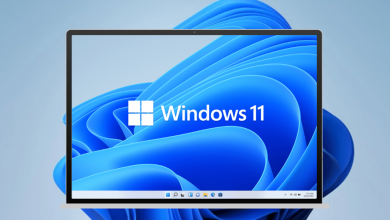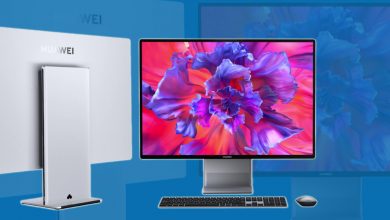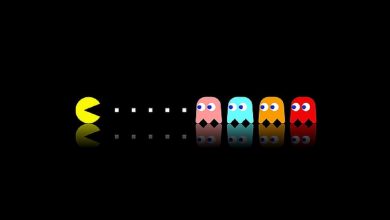The Future of Educational Technologies: Transforming Learning for Tomorrow
The landscape of education is undergoing a profound transformation thanks to rapid advancements in technology. With each passing year, new educational technologies emerge, offering innovative ways to engage learners, personalize instruction, and prepare students for a rapidly evolving world. In this article, we’ll explore the future of educational technologies and their potential to reshape the way we learn and teach.
1. Personalized Learning: Tailored Education for All
Personalized learning is a trend poised to revolutionize education. Thanks to artificial intelligence (AI) and data analytics, educators can better understand each student’s unique learning style, strengths, and weaknesses. Adaptive learning platforms can then customize lessons, assignments, and assessments to suit individual needs, ensuring that no student is left behind.
2. Virtual Reality (VR) and Augmented Reality (AR): Immersive Learning Experiences
VR and AR technologies are no longer confined to the realms of gaming and entertainment. They are making significant inroads into education by providing immersive learning experiences. Students can explore historical sites, dissect virtual organisms, or even step inside a molecule, all from the comfort of their classrooms. These technologies bring abstract concepts to life, making learning more engaging and memorable.
3. Artificial Intelligence (AI) and Machine Learning: Smart Classrooms
AI and machine learning are enhancing the classroom experience in various ways. Chatbots and virtual assistants can answer students’ questions, provide immediate feedback on assignments, and offer 24/7 support. Additionally, AI-powered algorithms can help educators identify at-risk students who may need extra support, allowing for early intervention.
4. Gamification: Learning Through Play
Gamification leverages game elements, such as points, badges, and leaderboards, to make learning more engaging and enjoyable. Educational games and apps can motivate students to solve problems, develop critical thinking skills, and master complex subjects in a fun and interactive way.
5. Online and Blended Learning: Flexible Education
The rise of online learning platforms has democratized education, allowing learners of all ages to access high-quality content from anywhere in the world. Blended learning models combine online and in-person instruction, offering flexibility and customization while maintaining valuable face-to-face interactions.
6. Robotics and Coding: Preparing for the Future
Robotics and coding education are equipping students with essential skills for the future job market. These technologies teach problem-solving, creativity, and computational thinking, ensuring that students are prepared for careers in fields like artificial intelligence, automation, and robotics.
7. Learning Analytics: Data-Driven Insights
Learning analytics harness the power of data to improve education. Educators can use data to track student progress, identify areas that need improvement, and adjust teaching strategies accordingly. This data-driven approach ensures that education remains relevant and effective.
8. Cloud-Based Learning: Access Anytime, Anywhere
Cloud-based learning platforms provide students and educators with access to educational resources, assignments, and collaboration tools from any device with an internet connection. This flexibility allows for seamless learning and communication, even outside traditional classroom settings.
The future of educational technologies is bright and filled with possibilities. As these technologies continue to evolve and become more accessible, they have the potential to break down traditional barriers to education, cater to diverse learning needs, and prepare students for the challenges and opportunities of the 21st century. Embracing these innovations will be crucial in shaping the future of learning and ensuring that education remains a dynamic and empowering force.















